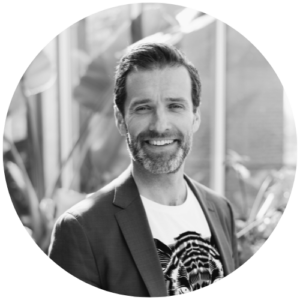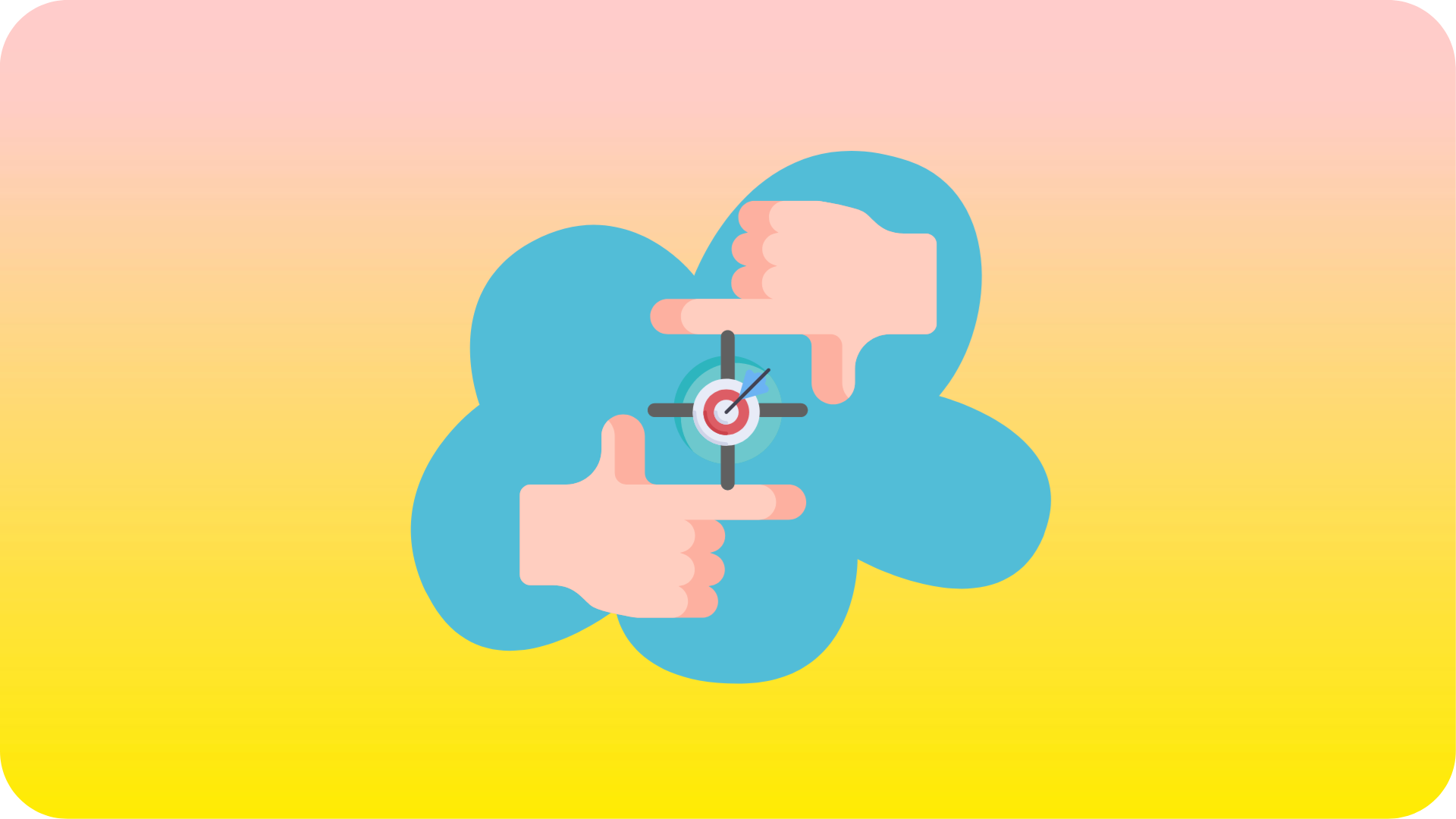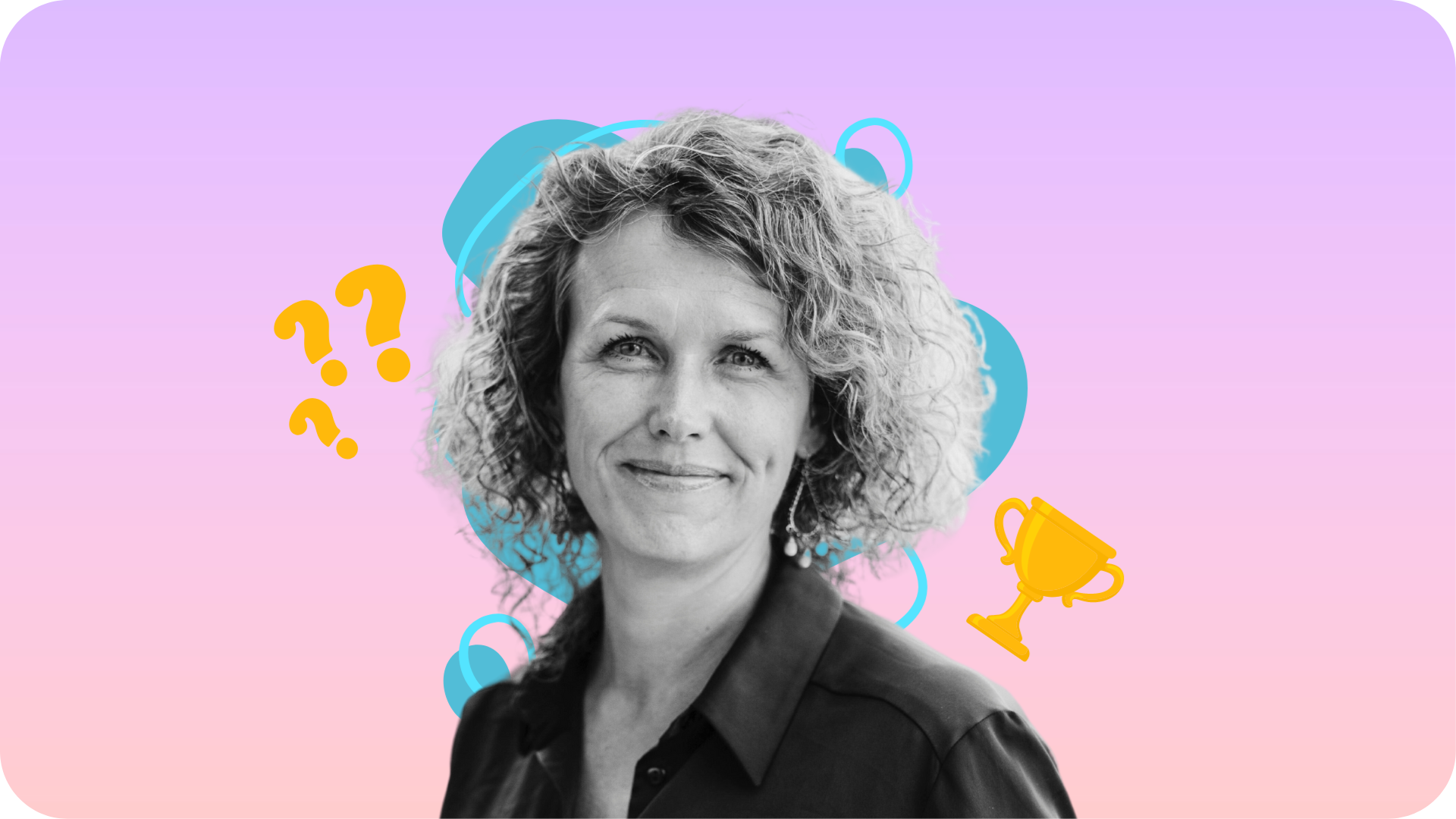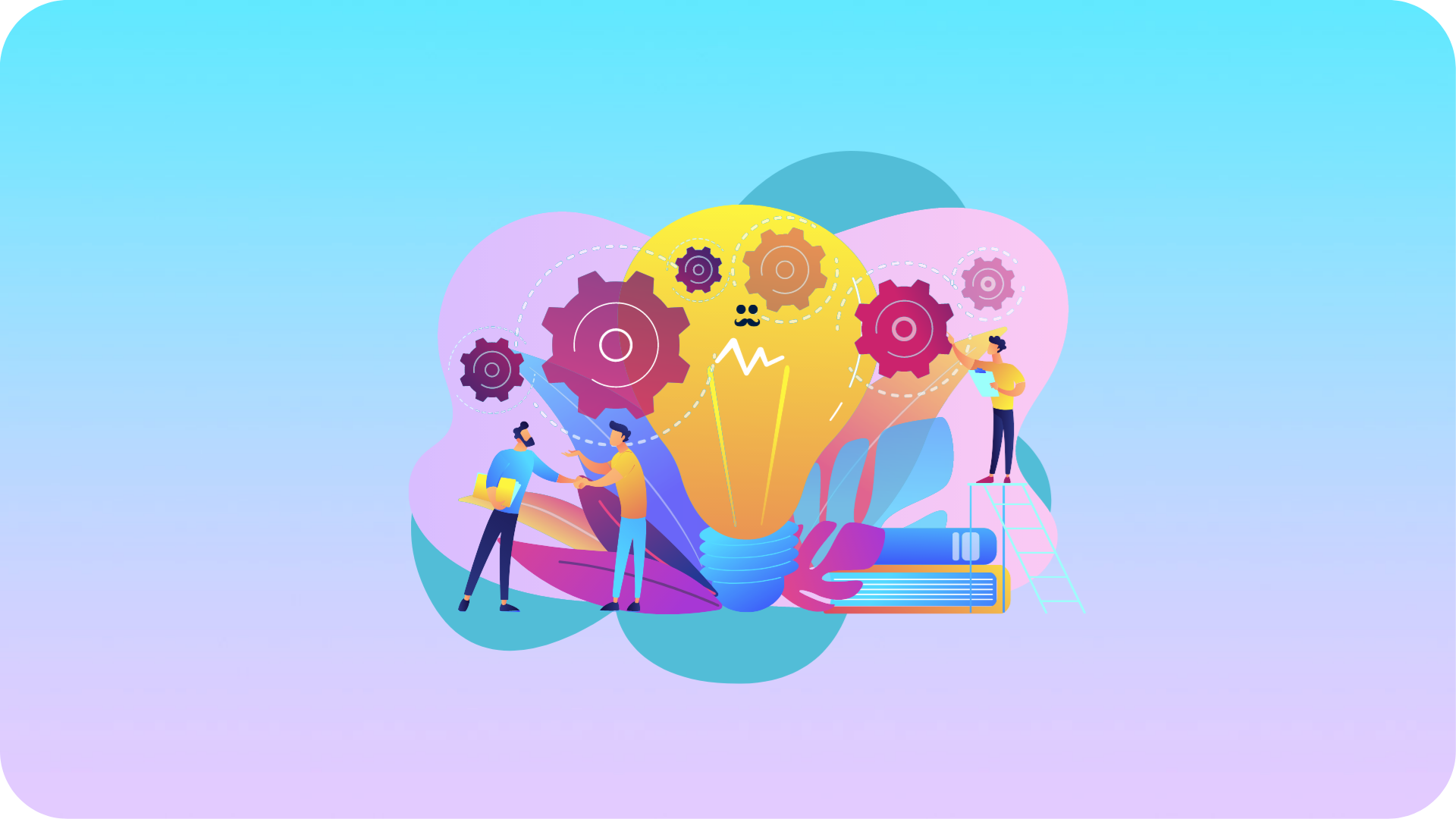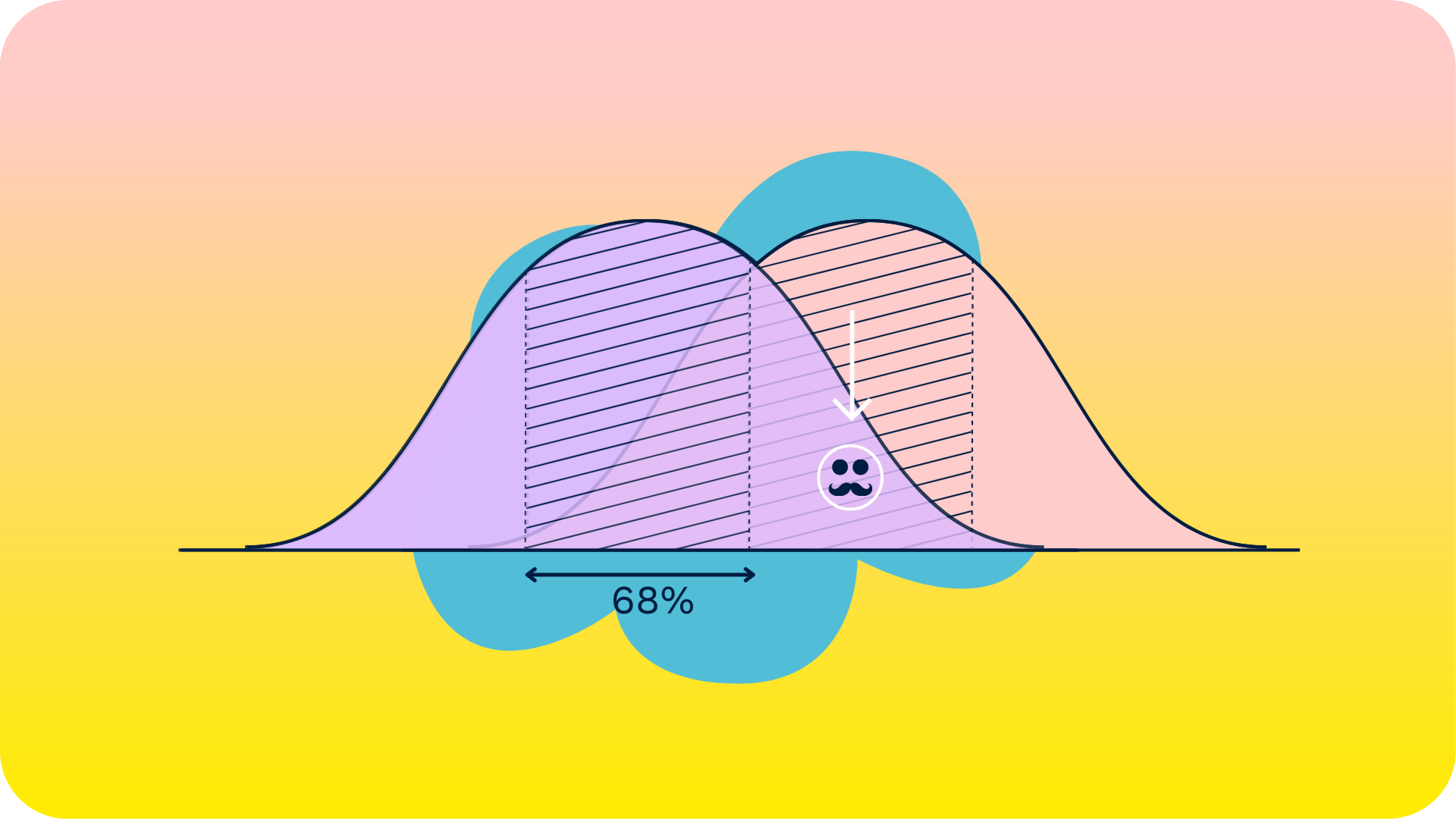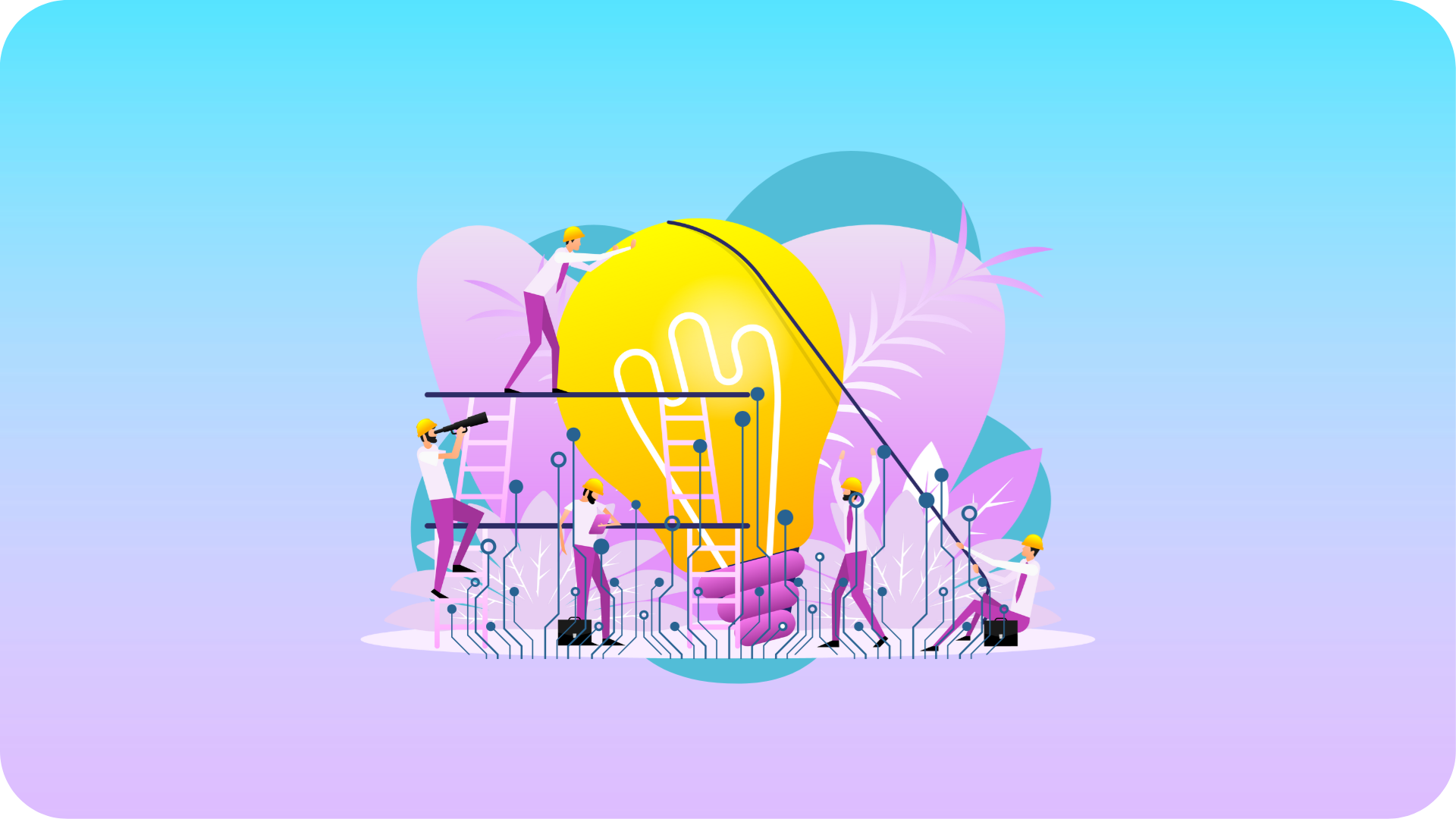Many organizations are in survival mode after the corona-crisis has almost put the entire world to a stop. During such times of uncertainty and extreme volatility it gets very hard to focus on the long term. The present is for most organizations most pressing at this moment to stay alive and try to control the damage.
‘Moonshot thinking’ as a business practice to identify where you want to be in the future seems to be irrelevant right now. But during the Apollo-program many challenging moments were part of the path to the moon. And most of the biggest problems were overcome. In times of crisis you can find inspiration not from the Apollo-11 mission that got humanity to the moon, but from the Apollo-13 mission that got a crew safely back to home base in a life threatening crisis. Here are some take-aways from that historic moment that you might be able to apply to your business today.
Moonshot thinking: from Apollo 11 to Apollo 13
Could it be a coincidence that exactly 50 years ago (on April 13) the third mission to land on the moon ran into a major problem when one of the oxygen tanks blew up? Things unraveled fast after that. If you want to get into the details of everything that went wrong and how it was solved, then I can greatly recommend Gene Kranz‘s recount of the events in his book ‘Failure is not an Option‘. Kranz was the flight director in mission control during the Apollo 13 mission.
This is what I have taken from his account, translated to making better business decisions in a time of crisis. It’s a long list of ingredients that work. However, it can all be summarized in three words: courage, resourcefulness and experience.
Courage
- trust your intuition (it comes from your experience and what worked in previous crises).
- trust your team, and your team trusting you is of the utmost importance. Namely, you don’t have time to brief everyone in detail.
- don’t second guess each others decisions: you’re in it together, everyone is responsible for every decision.
- make sure everyone can voice their opinions freely and that no one is worried about hurting someone’s feelings. This saves a lot of time.
- believe that you are going to get through it. Believe in a positive outcome (and then your teams will too) and operate from it.
Resourcefulness
- build a plan on every decision that needs to be made and when it needs to be made.
- make everyone part of the solution.
- a 100% correct answer on most challenges doesn’t exist: rely on best judgments.
- avoid chatter and communicate clearly in smaller (sub) teams, so you can stay away from too many distractions.
- focus on what is still working/going well. Those are most likely the things that you can use as a lifeline to the future.
- take good care of the ‘resources’ you have, they are the ones that are crucial. So don’t let them get distracted by guessing what they have to do.
- make sure to have fresh eyes look at your situation too, either from outside or from a separate team. This way you don’t miss any opportunities because you are operating from your own tunnel vision.
- work on multiple options (all possible options) first and then make a swift decision which one to follow. Get there through brief, intense and conclusive conversation together.
- always think in options.
- and remember to believe in a positive outcome: failure is not an option!
Experience
- the most difficult of all, because you should have already done this before a crisis. During the Apollo-program the SimSup-team imagined every conceivable spacecraft failure and they then developed workarounds and procedures based on simulating these failures and the solutions that were found. This gave everyone a ton of experience to build upon in times of crisis.
- make sure that you reflect and learn from what you’ve done after this crisis is over.
Safely back on earth
Today, exactly 50 years ago, on April 17th the Apollo 13 crew safely returned back on earth landing in the South Pacific. I hope that for all of you out there, that are trying to safely return to some kind of ‘home base’, you will find the courage, the resourcefulness and the ability to guide your organizations to a new dynamic equilibrium. Failure is not an option and adversity can be overcome.
For the years of pandemic crisis to come, the new moonshot thinking will be about returning home safely, not about getting to the moon. And so we shift from the Apollo 11 thinking that got us to the moon, tot the Apollo 13 thinking that brought us back.
If you want to chat about what you could do and how you can apply these ingredients to design a sustainable path out of this for your organization, let me know and we’ll jump on a call to discuss the possibilities for your future.
